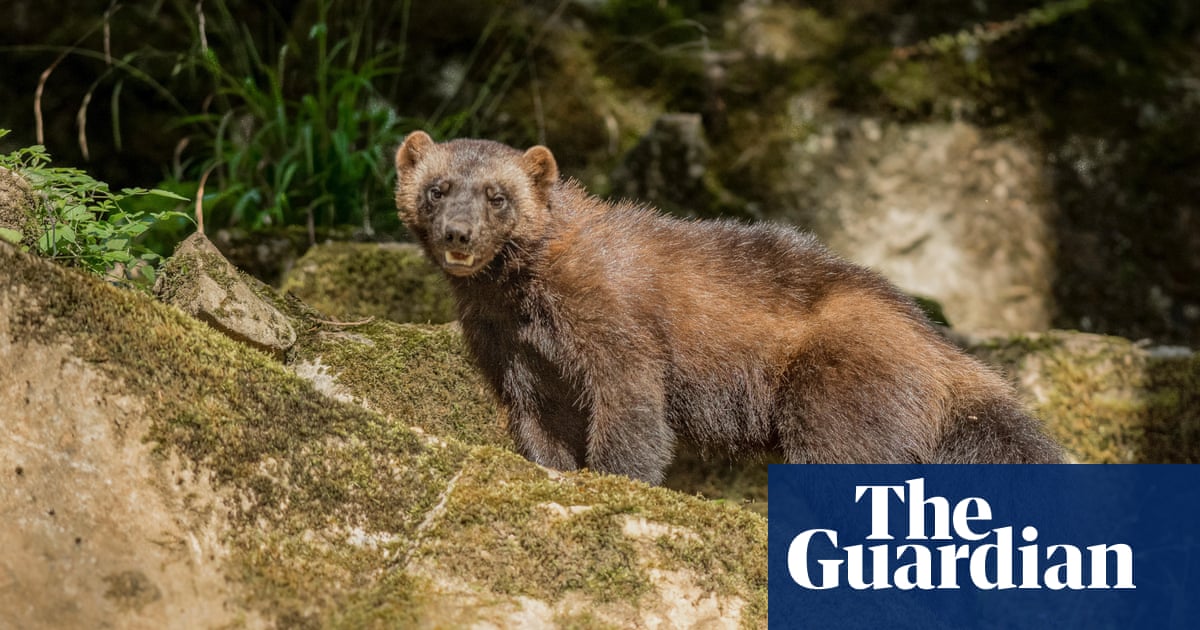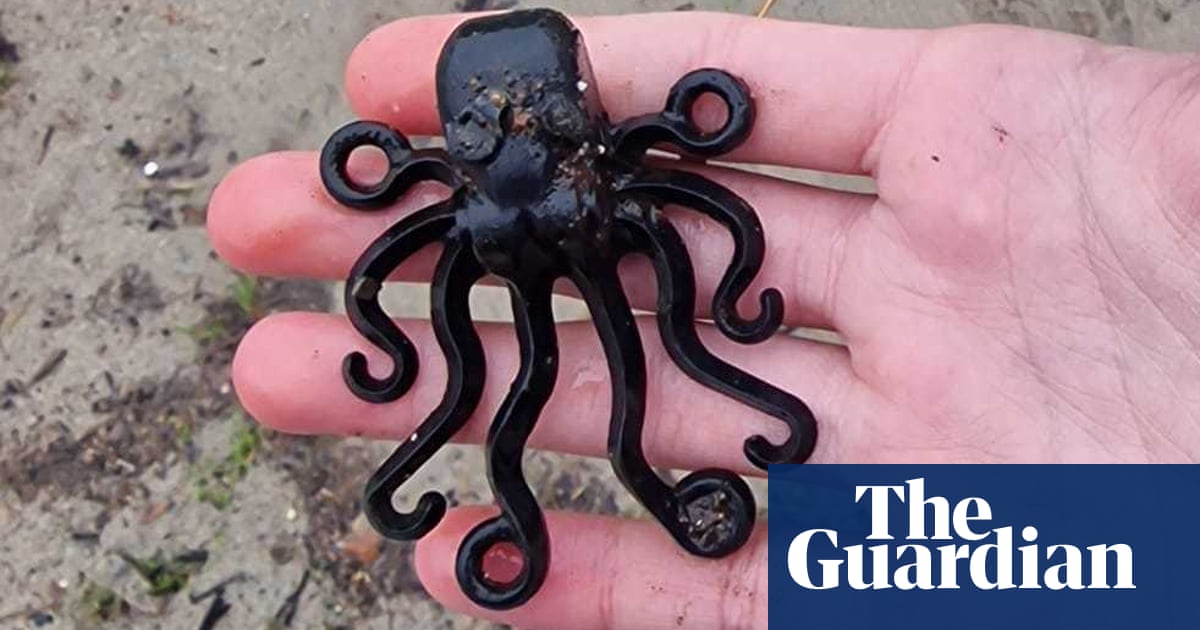Colorado could bring back wolverines in an unprecedented rewilding effort | Colorado


A bipartisan group of Colorado lawmakers are proposing legislation to reintroduce wolverines, one of the country’s rarest carnivores, into a state primed with deep snow and high mountains. The unprecedented move would be the first wolverine reintroduction in North America, and is part of an ongoing effort by Coloradans to restore the state’s native species.
Restoring wolverines to the Centennial state could provide the threatened species with a buffer population at a time when the US Fish and Wildlife Service says wolverines’ low numbers face threats from climate change and habitat fragmentation. Conservationists and state biologists have long pushed for the reintroduction, saying Colorado has plenty of unoccupied habitat and could support as many as 100 or even 180 wolverines, dramatically increasing the species’ North American population.
The bill was introduced this week, and has attracted support from lawmakers and scientists alike. “I think this gives us the best chance of restoring the population to Colorado,” says Jake Ivan, a wildlife research scientist with Colorado parks and wildlife.
Wolverines are one of the largest members of the mustelid family and are known for small populations, big home ranges, and an apparent elusiveness that lends itself to human myths and storytelling. The Colorado proposal is part of a wolverine comeback after the species was largely trapped and poisoned out of the continental US a century ago.
Wolverines have since recolonized isolated portions of Washington, Montana, Idaho and Wyoming with rare sightings in Oregon, Utah and even California. The only Colorado sighting in recent memory was more than a decade ago, when a wolverine called M56 wandered south from Wyoming’s Grand Tetons and spent years in Rocky Mountain national park before trekking to North Dakota, where it was shot and killed.
While Colorado’s reintroduction of wolverines looks more hopeful than it did a couple years ago, it’s far from certain. The species received threatened species protection from the Fish and Wildlife Service in November over concerns related to climate change, and according to the Colorado bill, any reintroduction would require the Service to create what’s called a 10(j)rule classifying it as a non-essential, experimental population.
That designation would give groups like Colorado’s influential ski industry assurances that they can continue normal daily operations even if wolverines were reintroduced.
Colorado state wildlife biologists first created a plan to reintroduce wolverines and lynx in 1998. Lynx were brought back first. Biologists created a new plan to reintroduce wolverines in 2010, but that effort was placed on the back burner over uncertainty related to a potential endangered species listing.
While Ivan believes many industries now support potential wolverine reintroduction with protections from a 10(j), he still expects pushback from some, particularly in the agriculture industry, who are reluctant to see more carnivores on the landscape so soon after 10 wolves bounded out of pens and onto the Colorado landscape during a formal reintroduction in December. To help protect agricultural interests, the bill requires the state create a plan to compensate ranchers who lose any livestock to wolverines.
Jeff Copeland, a longtime wolverine researcher and board member of The Wolverine Foundation, believes wolverines will wander to Colorado on their own and that capturing the creatures from places like the Yukon would cause disruptions to those populations. Wolverines would also likely die during the trapping process, and some would not survive after a release.
Wolverine reintroduction, captures and relocations have also largely not been tested outside of a successful translocation in northern Finland in the 1980s and ‘90s. The creatures, Copeland believes, will eventually arrive in Colorado on their own.
“It’s just people wanting the animal and wanting it now,” he says.
While Ivan acknowledged that a species recolonizing on its own is best, he questions the likelihood that enough males, and particularly enough females, will trek from northwest Wyoming or Idaho to northern Colorado, find each other, and successfully reproduce. That’s not only many hundreds of miles for a female to roam, but would also include crossing barriers like Interstate 80, a major highway that traverses the middle of the US.
He cited new evidence from Canada showing wolverines, particularly female wolverines, are reluctant to cross large roadways. A planned reintroduction, he says, would give the state more control over the number of wolverines brought in, where they’re released, and offer more assurances that the new population would contain necessary genetic diversity.
Colorado parks and wildlife hopes to release its updated blueprint for reintroduction which would include those specifics soon. The proposed legislation will also need to pass both chambers and be signed by the governor. If it passes, Ivan said, it could still be a few years before a 10(j) is finished and even longer to finalize reintroduction logistics.
Source link




